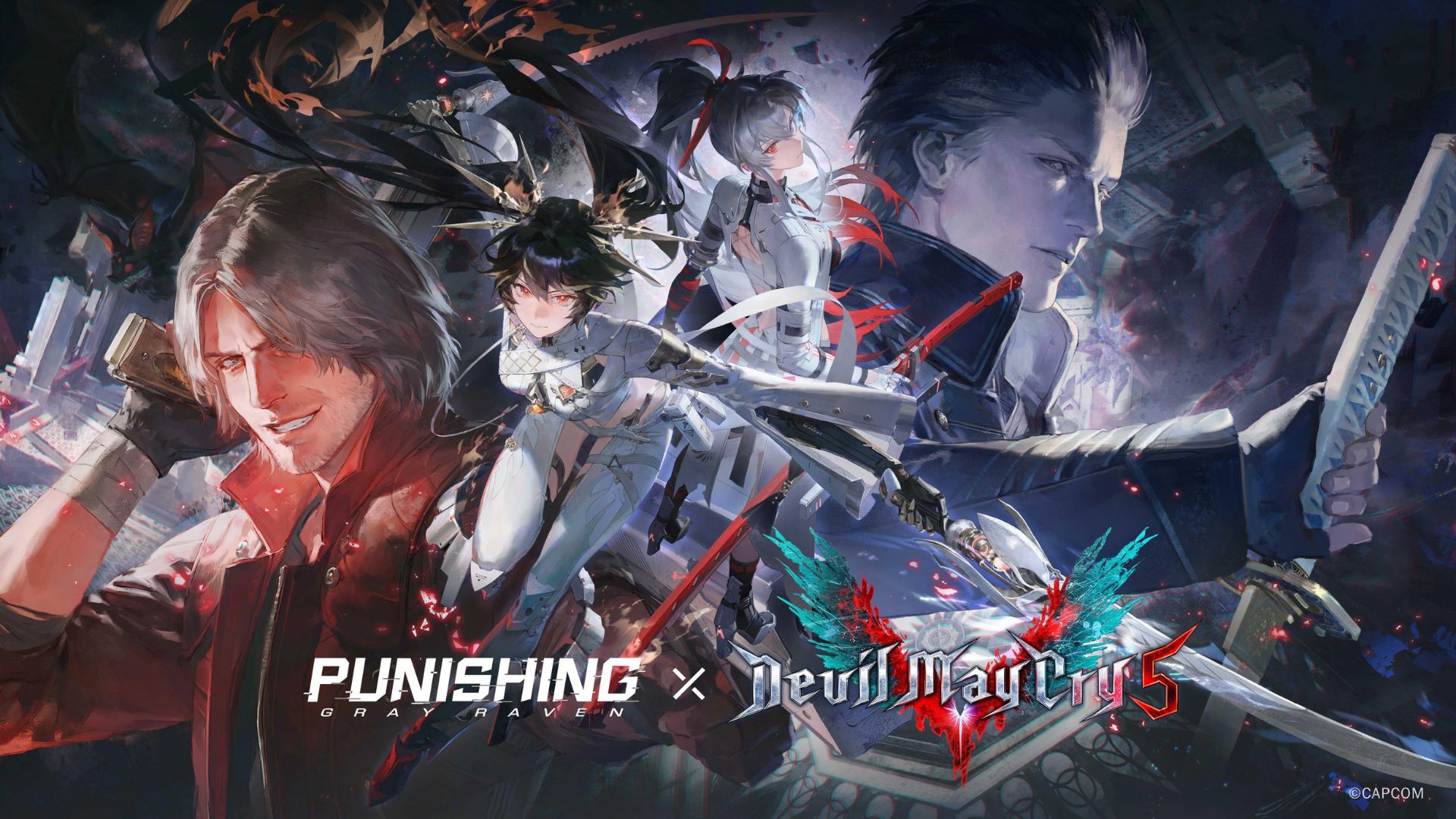The Global Divide in Gacha: How Asian and Western Markets Want Different Things
The world of gacha games is sharply shaped by cultural expectations and player habits. While massive titles like Genshin Impact reach both East and West, the core formats, mechanics, and monetization approaches reveal a profound divide, and game studios know it.
What Asian Markets Want
1. Deep Gacha & Monetization
- High tolerance for RNG and monetization: In Japan, China, and South Korea, players accept randomness and “whale” spending as core features.
- Pity systems: East Asian gacha is evolving with guaranteed units (pity), but rare characters are still celebrated and expensive.
- F2P (Free-to-Play) culture: Gacha models are the norm, and players expect deep systems, many resources, and “grindy” content for long-term engagement.
2. High Customization, Collection, and Live Ops
- Character-driven play: Stories, character art, alt costumes, and events drive investment, not just stat power.
- Frequent updates and collaborations: Players expect constant live events and limited banners, making rarity and collection central.
3. Social, Competitive, and Mobile-first
- Mobile dominates: Nearly all market leaders are mobile-first (AFK Arena, Fate/Grand Order, Arknights, PUBG Mobile).
- Esports and PvP: Competitive, social, and team gameplay are increasingly critical in SEA and East Asia.
What Western Markets Want
1. Simpler Monetization & Fairness
- Skepticism of pure RNG: Western gamers are wary of hardcore RNG (“lootbox fatigue”) and prefer upfront, transparent monetization or guaranteed progress options.
- Battle pass and cosmetics: Monetization leans toward paid skins, passes, and season content with clear value, not just random pulls.
2. Fast Progression & “Fun-first” Play
- Lower tolerance for grind: Western audiences want accessible progression, they’ll leave if a game feels too slow or luck-dependent.
- Story and gameplay: Narrative and gameplay variety are vital; “collection” alone is rarely enough motivation.
3. PC/Console and Hybrid Experiences
- Platform difference: PC and console gacha is growing but hasn’t overtaken mobile in the West.
- Hybrid and social elements: Multiplayer, co-op, and meta-game experiences are more desired, with less “solo collector” focus.
The Business Divide: Why Both Systems Persist
| Region | Accepted Systems | Monetization Focus | Key Motivators |
|---|---|---|---|
| Asia | High RNG, F2P Gacha | Deep gacha, collection | Rarity, collection, ongoing live events, vanity |
| West | Hybrid, Fair Gacha | Passes, cosmetics | Fun, fairness, visible progress, guaranteed value |
- Both work: Japanese games like Fate/Grand Order thrive on infamously harsh rates, while Chinese and Korean titles use pity to attract global players.
- Western studios adapt: Many blend Asian mechanics (gacha, pity) with Western preferences for clear pricing, fairness, and more ways to earn or buy what you want.
The Takeaway
- Asian gacha design is about endurance, collection, social status, and investment. Buyers are often happy to grind or pay for rare, limited content, especially in mobile-first, story-rich games.
- Western gacha leans “fun first,” with players wanting efficient progress and fairness, less grind, more choice, and the ability to directly buy favorites.
For more insights, competitive trends, and a breakdown of every new gacha system, stay tuned to Ultimategacha.com!



